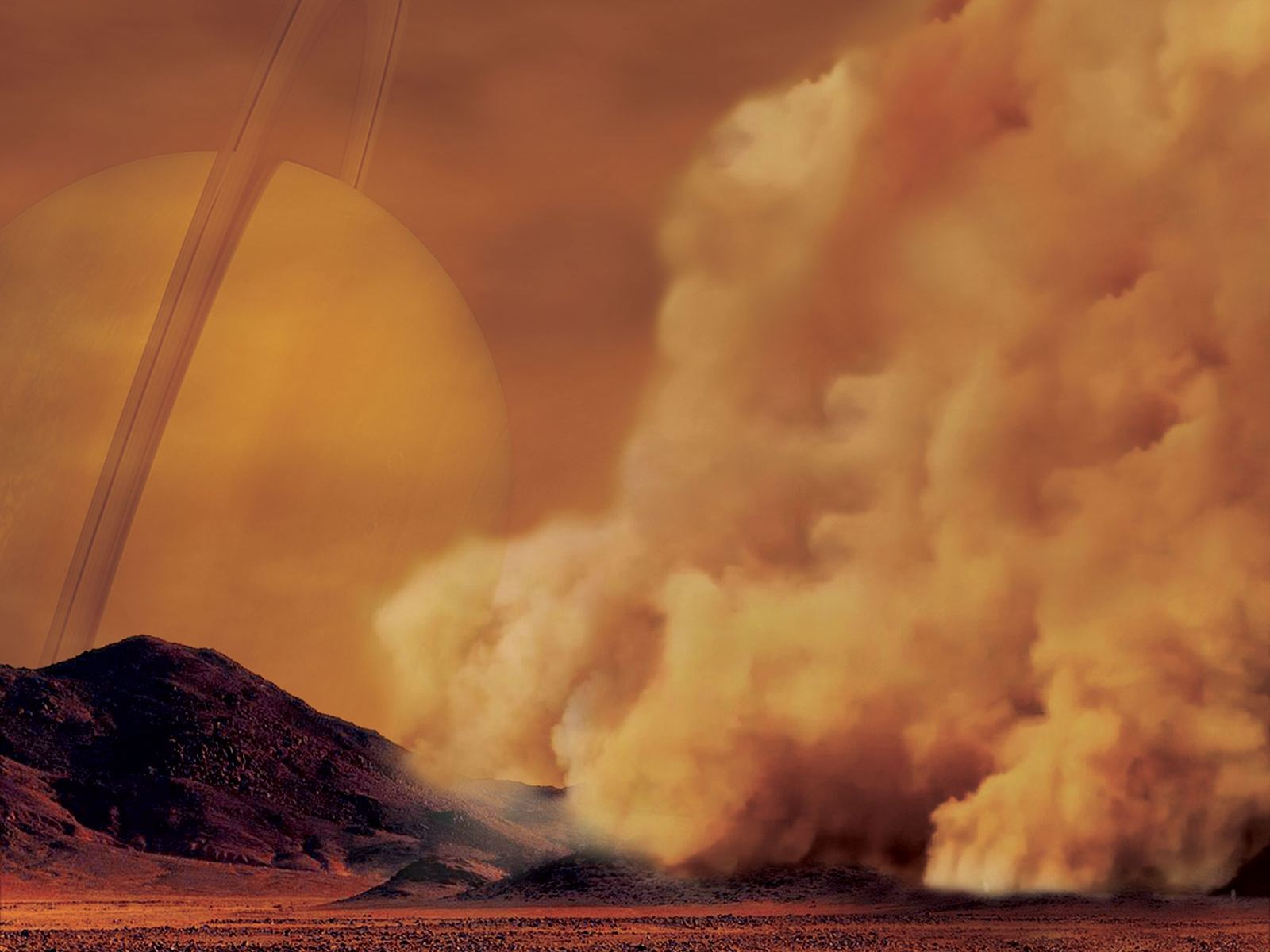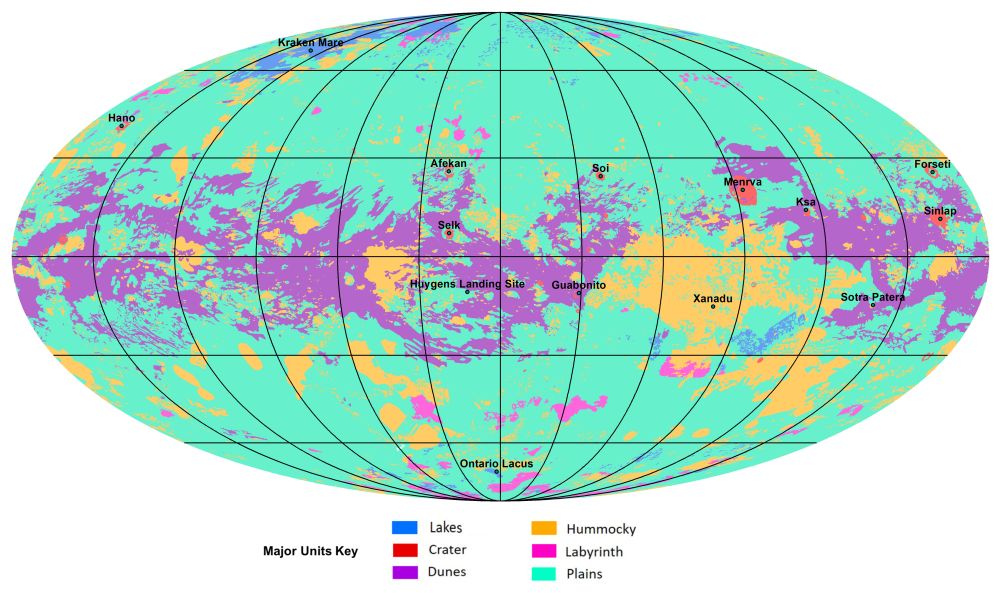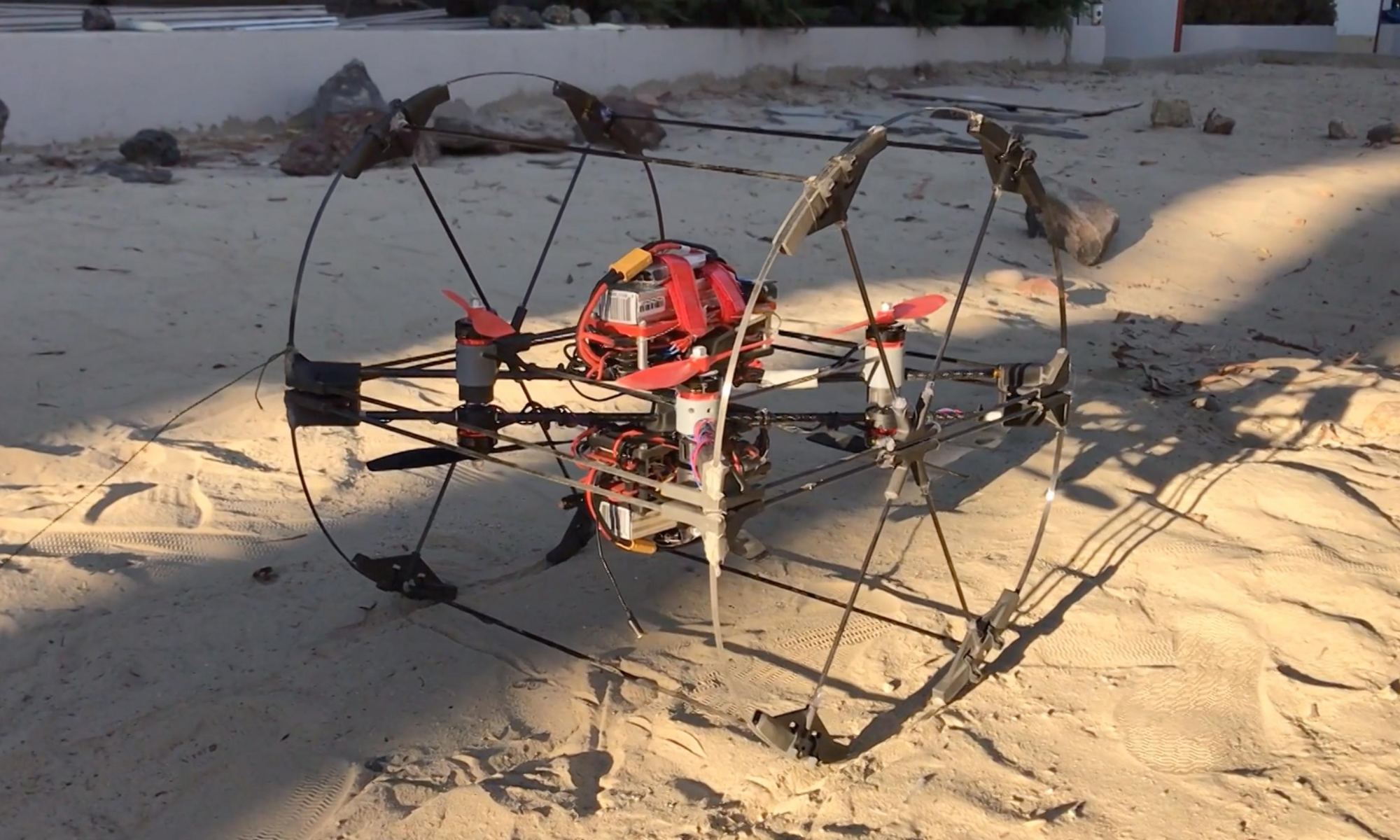Saturn’s moon Titan is alone among the Solar System’s moons. It’s the only one with any atmosphere to speak of. Other moons may have thin, largely insignificant atmospheres, like Ganymede with its potential oxygen atmosphere. But Titan’s atmosphere is dense, and rich in nitrogen.
A new study shows that Titan’s atmosphere and winds might produce dust devils similar to Earth’s.
Continue reading “There Might Be Dust Devils On Titan Too”









